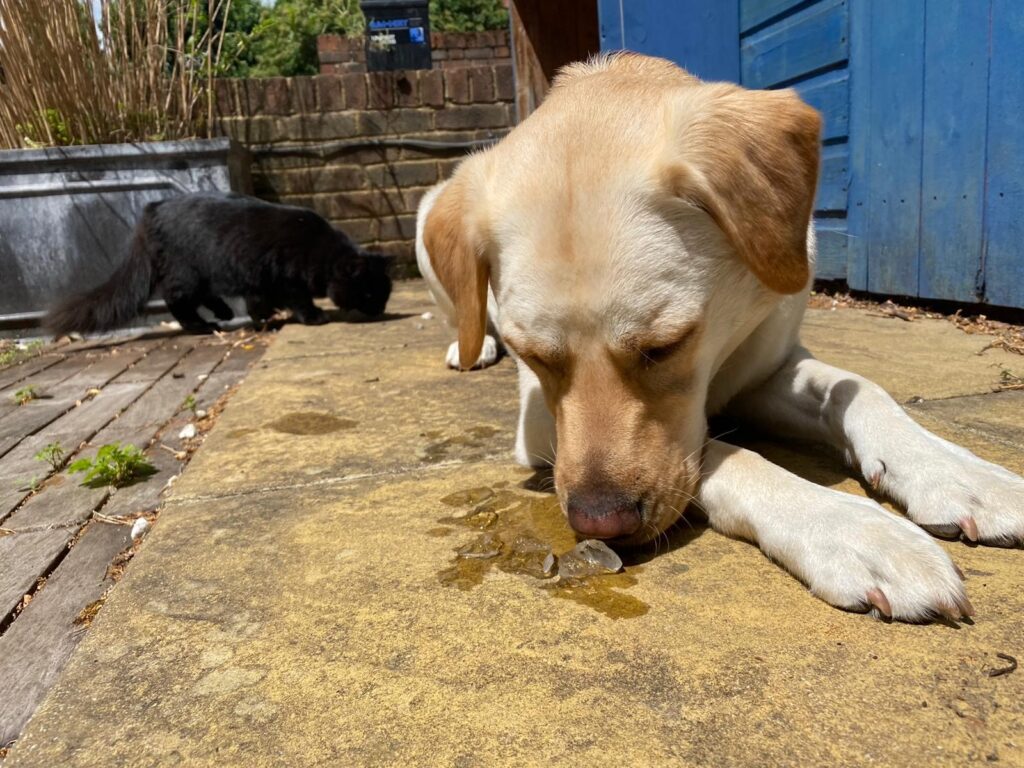Despite best efforts, sometimes dogs become separated from their families. Discovering that your fenced-in yard is distressingly dog-free or that your pet took an unsupervised stroll through an open door can quickly spark worry or fear. To help bring your lost dog back to the pack, we’ve put together some expert advice that has helped others reunite with their animals.
The first step in finding a lost dog is connecting with others who might’ve spotted or contained them. If your dog wandered and a good neighbor picked them up, your best friend may reach an animal rescue before you realize they’re out of the yard.

Here are other ways to search for your lost dog:
Check your environment. A small dog may get scared and hide under a bed or another tight space that helps them feel secure. Look carefully inside your home and retrace your steps if your pet follows you into a room and gets stuck on the other side of a closed door.
Grab your dog’s leash, a wrinkled bag (like a plastic shopping bag or potato chip bag), and some enticing treats (like pieces of a hot dog), then knock on your neighbor’s doors. Let them know that your dog is missing and how to contact you if there’s a sighting.
Take a walk in your neighborhood. Maybe your dog wandered to a neighbor’s yard to check out an exciting smell or followed the scent of a pup a few blocks away. This is where the crinkly bag and enticing treats will come in handy.
If you see your dog, remain calm. Try to lure them to you with the sound of the bag and the scent of food, using these calming signals pet detective Kat Albrecht of Missing Animal Response Network. Do not call your dog-even if you spot it. This can seem counterintuitive, but calling a dog can cause it to run from you. Do not chase your dog. This can either add to your dog’s fear or turn into a game, potentially causing your pet to travel farther than they had before.

How to Look for Your Lost Dog
Lost dogs may head for neighboring yards, parks or areas on the outskirts of your town near a food or water source. How far a lost dog can travel depends on the dog: some are found within the neighborhood where they went missing, while others can roam for hundreds of miles. Dogs who are scared or who have a fearful temperament are often inclined to run and travel greater distances.
Tips on finding a lost dog
Factor their personality into your search. A gregarious, wagging dog is more likely to approach a stranger than a scared, shy pup. If you have a happy-go-lucky, people-oriented pet, they may end up connecting with a rescuer, while a shy or nervous dog may run or remain hidden where they feel safe.
Check under bushes, shrubs, cars, or similar environments that could give your dog a sense of protection.
